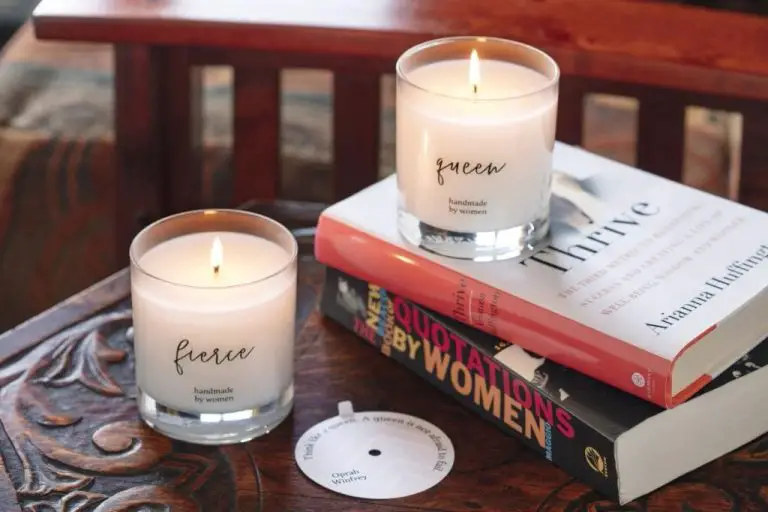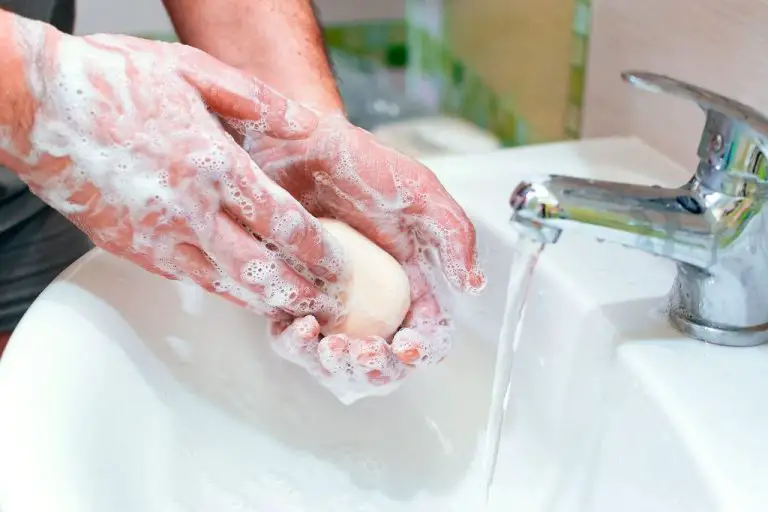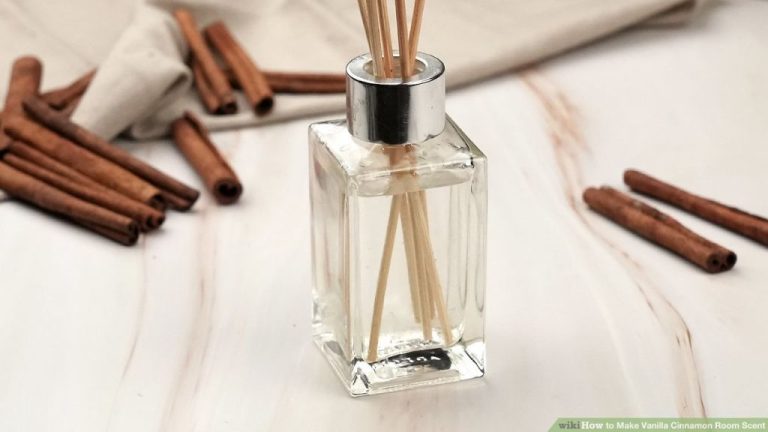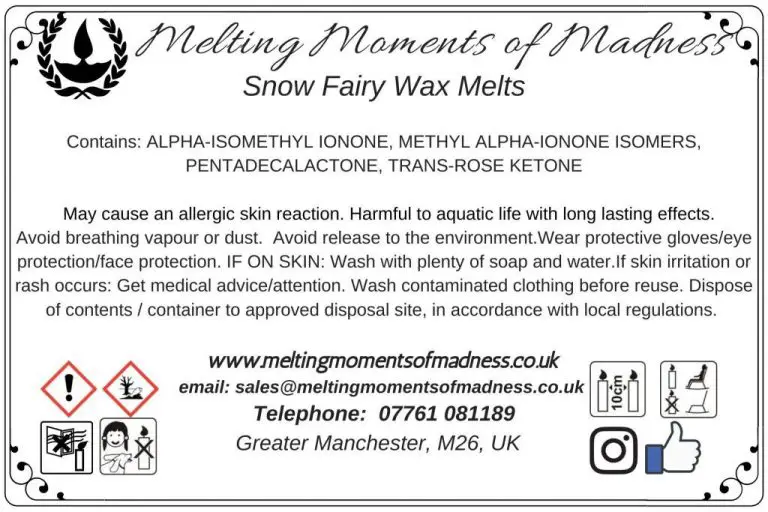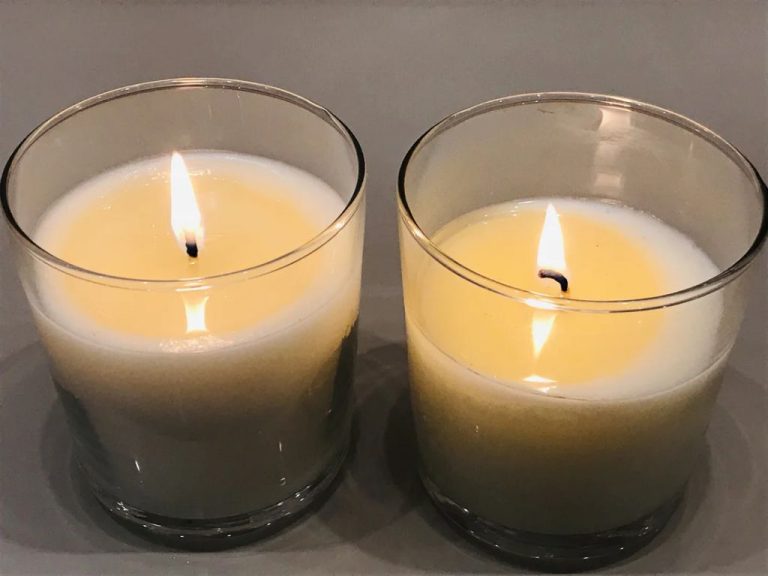Which Fragrance Oil Is Best For Candles?
Fragrance oils are an essential component of candle making. They provide the scents that make candles so enjoyable and evoke emotional responses. Choosing the right fragrance oil is one of the most important decisions when formulating candle recipes.
Fragrance oils are created by blending natural extracts like essential oils and absolutes with synthetic aroma compounds. This allows candle makers to access a wide variety of scents, strengths, and properties not found solely in essential oils (https://n-essentials.com.au/blog/benefits-of-fragrance-oils-for-candles/).
The key benefits of fragrance oils for candles are their high fragrance load, excellent scent throw, and compatibility with different waxes and additives. Good fragrance oils ensure even scent distribution and long-lasting aroma in finished candles.
This article will provide an in-depth look at the best fragrance oils for candles. It covers oil strength, wax compatibility, blending, testing, storage, safety, and reviews of top fragrance picks.
Popular Fragrances
Some of the most popular fragrance oils used in candles are floral, food, and herbal scents. These categories allow candle makers to take advantage of fragrances that evoke positive memories or emotions in customers.
Floral fragrances like rose, lavender, jasmine, and lilac are perennially popular. The sweet, delicate scents remind people of gardens and elicit feelings of relaxation. Floral fragrances are commonly blended with lighter herbal or fruity notes as well.
Food-inspired fragrances are also very common. Scents like vanilla, sugar cookie, cinnamon, and apple pie create an appetite appeal and remind people of baking or desserts. These cozy, edible fragrances make customers feel nostalgic.
Herbal and fresh fragrances like sage, mint, eucalyptus, and tea tree are popular as well. They have an invigorating, spa-like quality. Customers often choose them for their cleansing aroma and associations with health. Herbal fragrances are frequently blended with citrus notes.
Other favorite fragrance categories include ocean/aquatic, woodsy, fruity, spicy, and powdery musk. Ultimately candle makers try to offer a diverse array of oil fragrance options to satisfy every preference.
Fragrance Oil vs Essential Oil
Fragrance oils and essential oils have some key differences:
Fragrance oils are synthetic scents created in a lab to duplicate natural aromas. They are comprised of synthetic aroma chemicals mixed with a carrier oil. Fragrance oils allow candle makers to achieve any scent they want since they are not limited to extracting oils from natural ingredients (Source).
Essential oils, on the other hand, are extracted directly from plants through methods like distillation and cold pressing. They contain the true scent of the plant. However, essential oils are limited in availability and variety compared to synthetic fragrance oils (Source).
In summary, fragrance oils offer more versatility and control in scent creation while essential oils provide natural, authentic aromas from plants.
Fragrance Oil Strength
The amount of fragrance oil to use in candles depends on the strength of the oil. Stronger oils require less oil, while weaker oils need more to achieve sufficient scent throw. As a general guideline:
– Use 0.5-1 oz of strong fragrance oil per pound of wax.[1]
– Use 1-1.5 oz of standard fragrance oil per pound of wax.
– Use 1.5-2 oz of weak fragrance oil per pound of wax.
You can test the strength of an oil before using it in candles. Add 1 drop of fragrance to 1 oz of wax and let it cure for 24 hours. If the scent is still strong, it’s a potent oil. If faint, increase the amount until you reach the desired intensity.[2]
Finding the right fragrance load for an oil ensures sufficient scent but avoids being overpowering. Test different amounts to find the sweet spot based on oil strength.
Each type of candle wax interacts with fragrance oils differently and has its pros and cons. The most popular candle wax types are paraffin, soy, beeswax, and coconut wax. Here’s a breakdown on how fragrance performs with each type:
Fragrance Oils and Wax
Paraffin wax is highly compatible with most fragrance oils and provides excellent scent throw. It has great fragrance retention ability. The downside is paraffin can retain some fragrance oil on the cooled wax surface. This is why pouring hotter with paraffin is recommended.
Soy wax does not adhere to fragrance as strongly as paraffin. A higher fragrance oil concentration is required, usually around 10%. The natural structure of soy wax means it will retain less surface oil. Cooler pouring temps are recommended to help fragrance stick.
Beeswax and coconut wax have similar natural characteristics. They absorb and trap scents well initially but the throw can diminish faster than with synthetic waxes. Using higher scent percentages, around 10% is advised. Higher pouring temps also help the wax fully absorb the oil.
No matter the wax, test burns are imperative to finding the right wax-fragrance pair for optimal hot and cold throw. The wax formula and pouring method can alter performance. Testing 1-2% variance in fragrance amount is suggested.
Blending Fragrance Oils
One of the great things about fragrance oils is that you can blend different oils together to create unique custom scents. Here are some tips for blending oils successfully:
– Start with a base note, which will form the foundation of your blend. Base notes like vanilla, musk or sandalwood work well. Keep the base at 50-70% of the total blend.
– Next, add your middle or heart notes at 20-40% of the blend. Florals like jasmine and rose, fruits like apple and citrus, or herbs like lavender are great middle notes.
– Use top notes sparingly, at 5-20% of the blend. Top notes like mint, pine or spices add a finishing touch.
– Blend just 2-4 oils at first while you’re learning. Start with lower percentages so you don’t overpower the scent.
– Allow your test blends to cure for a few days before smelling so the scent can mature.
– Keep notes on your blends to tweak and improve them over time.
– If a blend smells unpleasant or chemical, try reducing the total oil percentage or adding more base notes.
With some practice and patience, you’ll be creating amazing custom candle scents in no time!
Testing Fragrance Oils
Testing fragrance oils is an essential step before making candles in bulk. Some key factors to test for include scent throw, hot and cold performance, wax compatibility, and fading.
To test scent throw, fill a small glass jar with wax and add 5-8% fragrance oil. Allow to fully cure for 1-2 weeks. Periodically smell the candle from 1, 2, and 3 feet away to gauge scent strength. The candle should have medium to strong aroma within 1-2 feet. If scent is weak, increase oil percentage and retest (Lone Star Candle Supply).
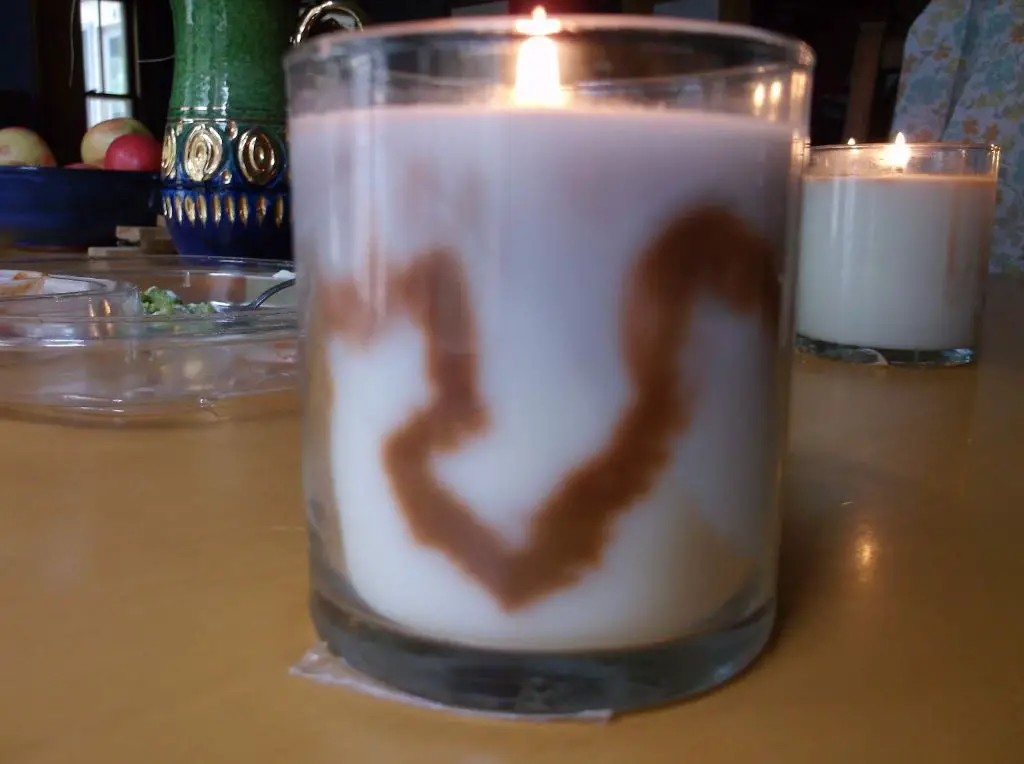
Check hot and cold performance by smelling the candle both lit and unlit. Some oils smell stronger cold, while others have more aroma when hot. A balanced fragrance smells consistent both ways.
Test wax compatibility and fading by burning the candle for several hours. Allow to fully pool out and re-harden, then re-melt and check for scent retention. Oils with poor fixation may fade, become dull, or lose complexity after burning. Switch wax types or adjust the formula if the fragrance fades quickly (Brambleberry).
Blending oils can enhance and refine a scent. But always retest any fragrance blend for performance before scaling up. Proper testing helps ensure a robust, well-balanced aroma in the finished candle.
Storing Fragrance Oils
Proper storage is crucial for preserving the scent and quality of fragrance oils. Exposure to light, heat, and oxygen can cause the oils to deteriorate over time. The ideal storage method is to keep fragrance oils in sealed containers away from direct light and heat sources. An amber or blue glass bottle is best for limiting light exposure. Storing in the refrigerator is another good option as the cool temperature helps slow down the breakdown of the fragrance compounds. However, take care not to freeze the oils. The optimal storage temperature is 50-70°F.
When stored properly, most fragrance oils will retain their scent for 1-2 years. Citrus and floral fragrances have a shorter shelf life closer to 6 months. If you notice the fragrance smelling weaker or “off”, it may have expired. Proper labeling with purchase dates can help keep track. Only make enough product at one time for what you plan to use soon. And never return unused fragrance oils back into the original container to avoid cross-contamination.
Check for recommendations from the manufacturer or supplier on each fragrance oil’s shelf life and ideal storage. But in general, keeping fragrance oils sealed in amber glass away from light and heat will best preserve the scent. Refrigeration and cool temperatures also help prolong freshness.
Safety Tips
When working with fragrance oils, it’s important to follow safe handling practices to avoid any potential health hazards or accidents:
- Wear gloves – Fragrance oils can irritate skin and may contain potential allergens, so wear disposable gloves when handling.
- Avoid contact with eyes – Fragrance oils can irritate the eyes. Avoid rubbing your eyes while working with oils. Flush eyes with water if contact occurs.
- Work in a well-ventilated area – Don’t breathe in fragrance oil vapors directly. Work in an area with good airflow.
- Store tightly sealed – Keep fragrance oil bottles tightly closed when not in use to avoid spills and contamination.
- Keep away from children & pets – Fragrance oils can be toxic if ingested, so store out of reach of kids and pets.
- Read safety data sheets – Review the SDS for each fragrance oil to be aware of any specific hazards or precautions.
- Avoid open flames – Fragrance oils are flammable. Don’t work near any ignition sources or open flames.
- Clean up spills immediately – Use an absorbent material to wipe up any spills quickly to avoid slips or skin/eye contact.
Following basic safety practices when using fragrance oils will help prevent any accidents or health issues.
Top Fragrance Oil Picks
When selecting a fragrance oil for candles, there are certain oils that consistently perform well and are recommended by candle makers. According to candle making experts, some of the best all-around fragrance oils for candles include:
Spiced Pear & Whiskey – A complex, rich scent combining juicy pear, apple, and vanilla with oak, bourbon, and amber. This fragrance oil is strong, sticks well, and makes an inviting candle.https://jessicawellinginteriors.com/best-fragrance-oils-for-candles/
Pumpkin Harvest – A quintessential fall scent with notes of cinnamon, clove, nutmeg, and vanilla. It has excellent hot and cold throw in candles.https://fragranceinnovation.com.au/what-are-the-best-fragrance-oils-for-candles/
Lavender Vanilla – A soothing, relaxing blend of floral lavender and sweet vanilla. It has strong scent projection and is a candle favorite.https://jessicawellinginteriors.com/best-fragrance-oils-for-candles/
White Tea & Ginger – A refreshing, clean aroma combining white tea with ginger, lemon, and light woods. It has excellent hot throw and longevity in candles.https://fragranceinnovation.com.au/what-are-the-best-fragrance-oils-for-candles/
Sandalwood Vanilla – A warm, woodsy scent with rich vanilla and Indian sandalwood. It performs strongly in soy and paraffin candles.

